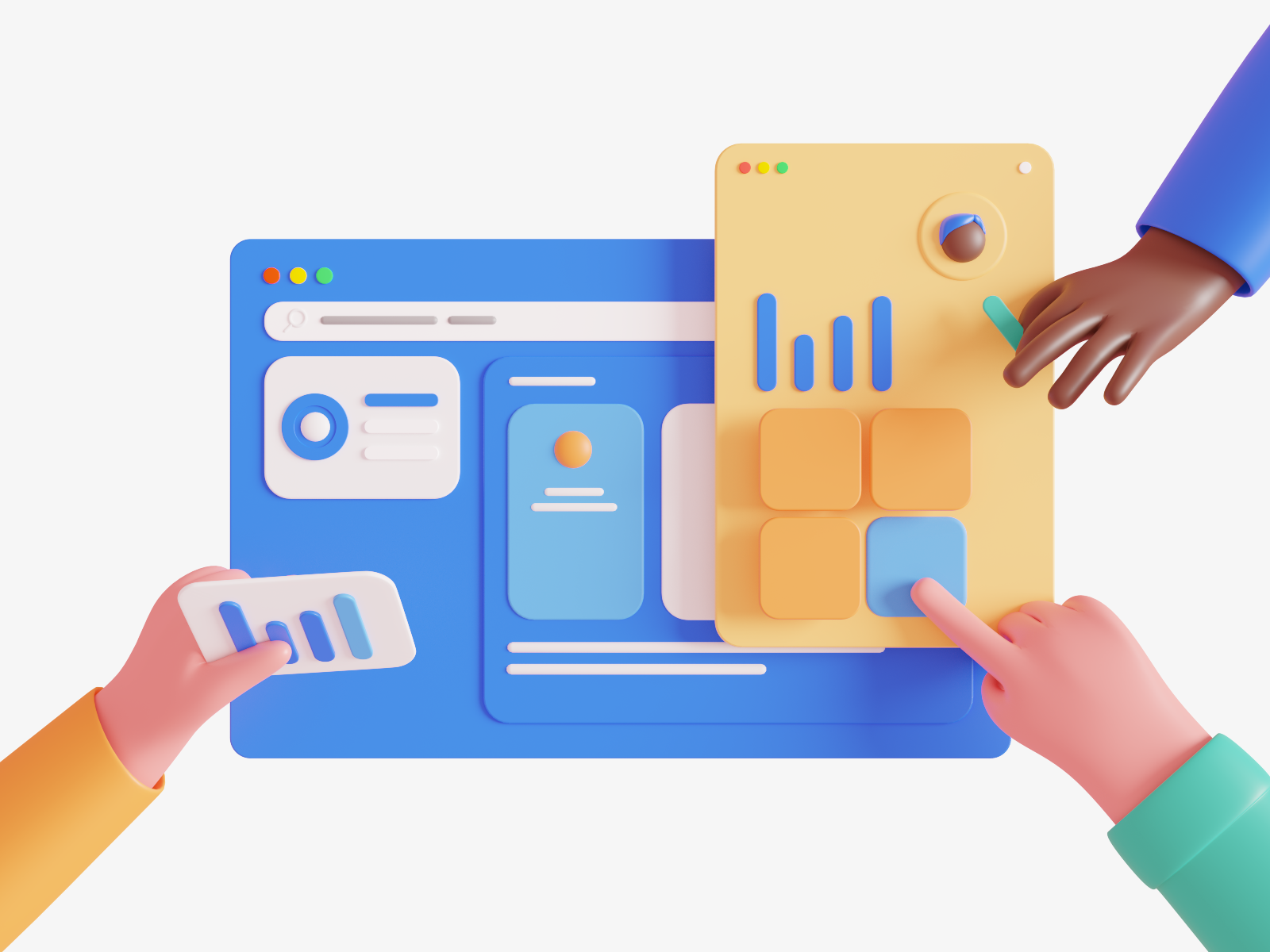![]() Our friends at Fortnight, a small design & development studio headed by Fabio Basile, join us to share their tried-and-true formula for designing successful products that users genuinely enjoy using.
Our friends at Fortnight, a small design & development studio headed by Fabio Basile, join us to share their tried-and-true formula for designing successful products that users genuinely enjoy using.
There’s no secret sauce to designing great products. A lot of hard work, time, and effort are required to make sure your product has the best chance at being a success and hit the many metrics a product can be judged by. A good product design process in simple list format flows like so: 1. Strategy, 2. Research, 3. Analysis, 4. Design, 5. Prototype, 6. Launch.
There are many activities that need to be performed to cover the six points above. We’re going to walk you through some bite-size chunks that come after the idea and eureka moment. Using the methodology below, you can ensure you’re making the correct initial decisions. And then do it all over again. Because you’ll rarely produce a perfect product the first time.
1. Product discovery
Finding the correct solution to the right problem will give your product the best chance of succeeding. You must first understand the friction or pain your target users face.
“Recognising the need is the primary condition for design.” — Charles Eames.
There are many ways to perform research—too many to list here. But more than anything, you must learn from your target audience. You can have empathy, but nothing will replace talking to your intended audience. You can use your experience but never wholly rely on what “you want” or what “you need”.
When you have your interviewees, avoid asking leading questions. You want to answer open-ended questions so the interviewee can take it wherever they like. You’ll often discover additional paths to investigate that you hadn’t considered.
Make sure to be inclusive and record all forms of reply. You want to cover what your interviewees say, think, do, and feel. The feel part is becoming more and more critical in a crowded environment. Emotions and how people feel when using your product is a crucial indicator of how well your product will do over time.
2. Ideating solutions or hypotheses
After speaking with your target audience, you should have a list of pain points to address. Now is the time to get the right people in a room together to start ideating—including personnel from the client.
No idea is silly, so make sure to cast your idea and solution net as wide as possible. List out ideas, content or features that could be implemented to help solve these problems. With some validation tests following your brainstorm, you can start to layout a basic product strategy and roadmap.
3. Prototypes and Iteration
When creating and iterating, we always try to think in user flows and not screens; this often helps with creating a more enjoyable experience.
With problems and possible solutions in hand, it’s now time to start creating prototypes.
Prototypes can be on paper, a design tool or coded up. The medium you choose needs to be driven by your solution and a format that your stakeholders and test subjects can use. It also comes down to the time you have available to produce your prototypes.
We’ve found that sharing simple drawings on a digital whiteboard can often yield great feedback with very little effort. If it’s not possible for you to direct users through your prototype, a more hi-fidelity approach may be required.
Watch closely as your users struggle or glide through your prototype. Ask your test participants to speak out loud what they’re thinking. Asking yourself questions like, “Can I make this product easier somehow?” or, “Would some additional friction help a scenario?”. Friction is not always a bad thing.
4. Considering emotions
Once you start the prototype and design stages, we feel it’s very important to consider emotions. With a new app or brand, a positive experience will help drive repeat engagement.
We cannot overemphasize that making your product enjoyable will make it stand out from the crowd. Concentrate on the user flow, rather than just the information architecture. Design micro-interactions for something as simple as a toggle rather than just standard UI. Considering the feelings or emotions of your user will play a part in making your product stand out from the crowd.
Takeaways:
There are many factors that lead to great product design. However, the four outlined above are essential starting points that will help ensure a great product experience for your users. So, remember to:
- Talk to your target audience: Ask open-ended questions and take note of what users say, do, and feel.
- Brainstorm every possible solution: Include all stakeholders in the discussion and invite everyone to share ideas and potential solutions.
- Create and iterate on prototypes: Ask your target audience to test prototypes and continue to iterate on improvements based on their feedback.
- Consider emotions: Focus on user flow rather than just information architecture to create a more enjoyable product experience.
Related Reading:
- The growth process of a Product Designer
- A UX designer’s guide to interpreting human behavior
- What defines good UI/UX design according to Ramotion
Find more Process stories on our blog Courtside. Have a suggestion? Contact stories@dribbble.com.












